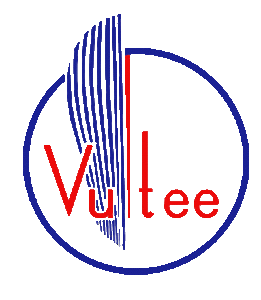The XP-54 was unique in numerous ways.
The pressurized cockpit required a complex entry system: the pilot’s seat acted as an elevator for cockpit access from the ground.
The pilot lowered the seat electrically, sat in it, and raised it into the cockpit.
Bail-out procedure was complicated by the pressurization system, necessitating a downward ejection of the pilot and seat to clear the propeller arc.
Also, the nose section could pivot through the vertical, three degrees up and six degrees down.
In the nose, two 37 mm T-9 cannon were in rigid mounts while two .50 cal machine guns were in movable mounts.
Movement of the nose and machine guns was controlled by a special compensating gun sight.
Thus, the cannon trajectory could be elevated without altering the flight attitude of the airplane.

